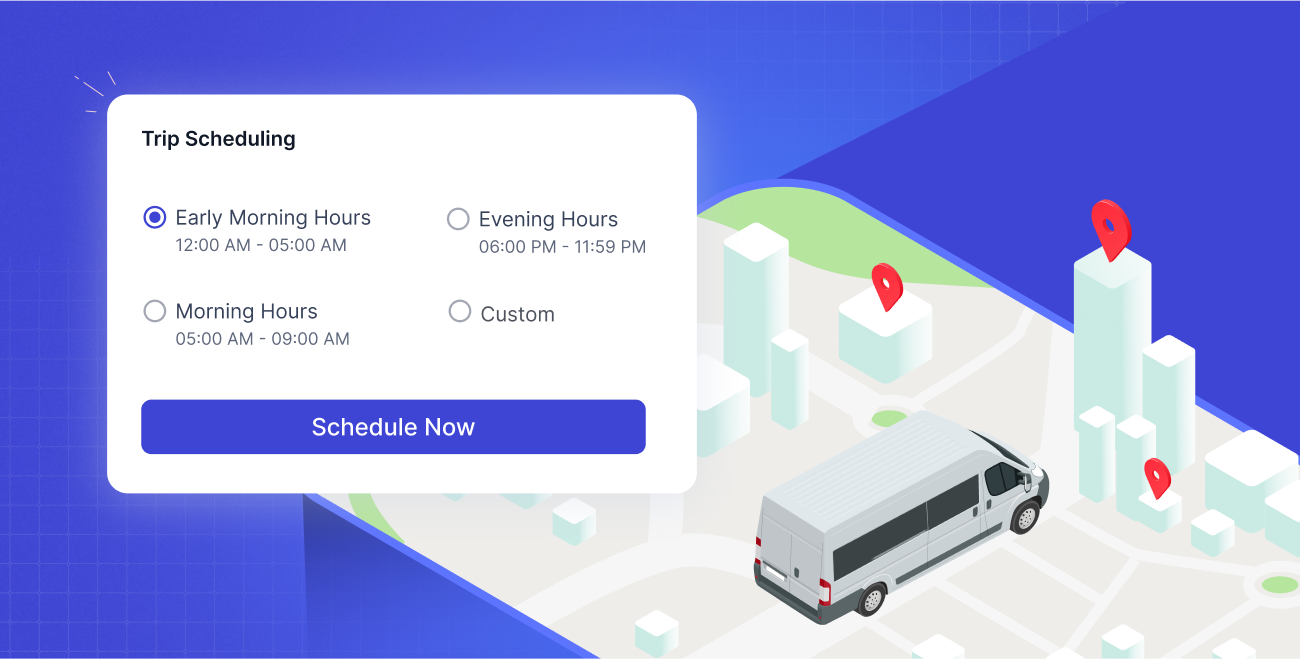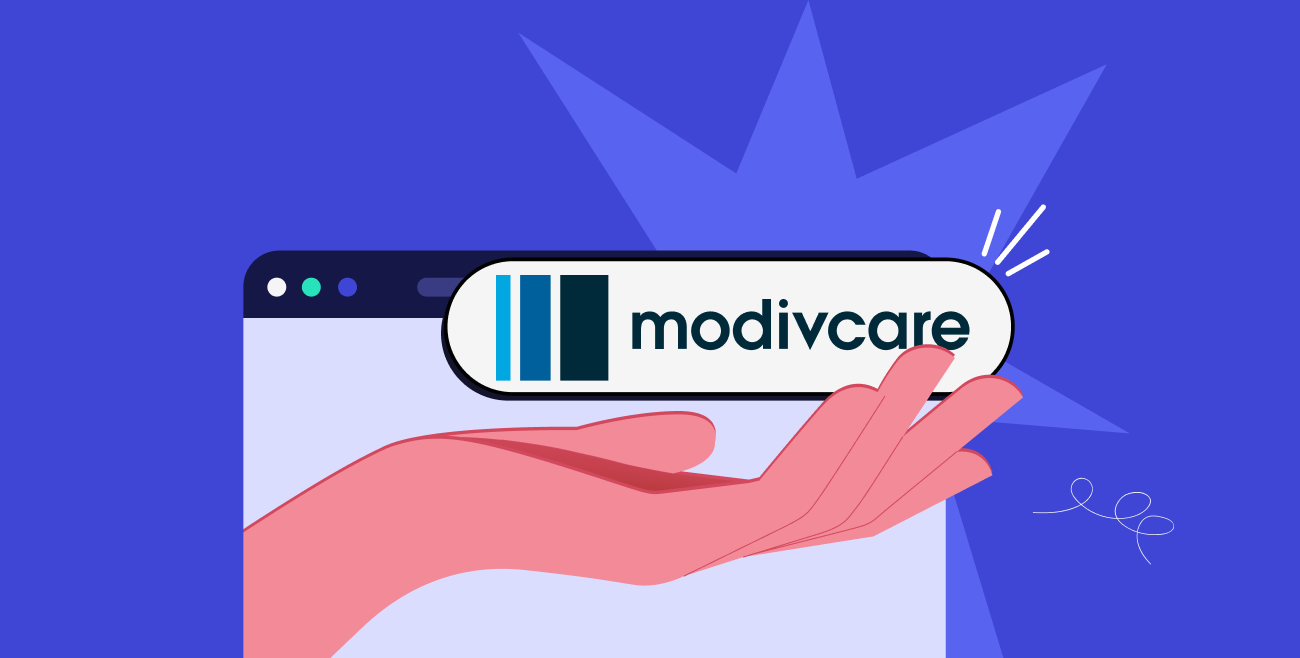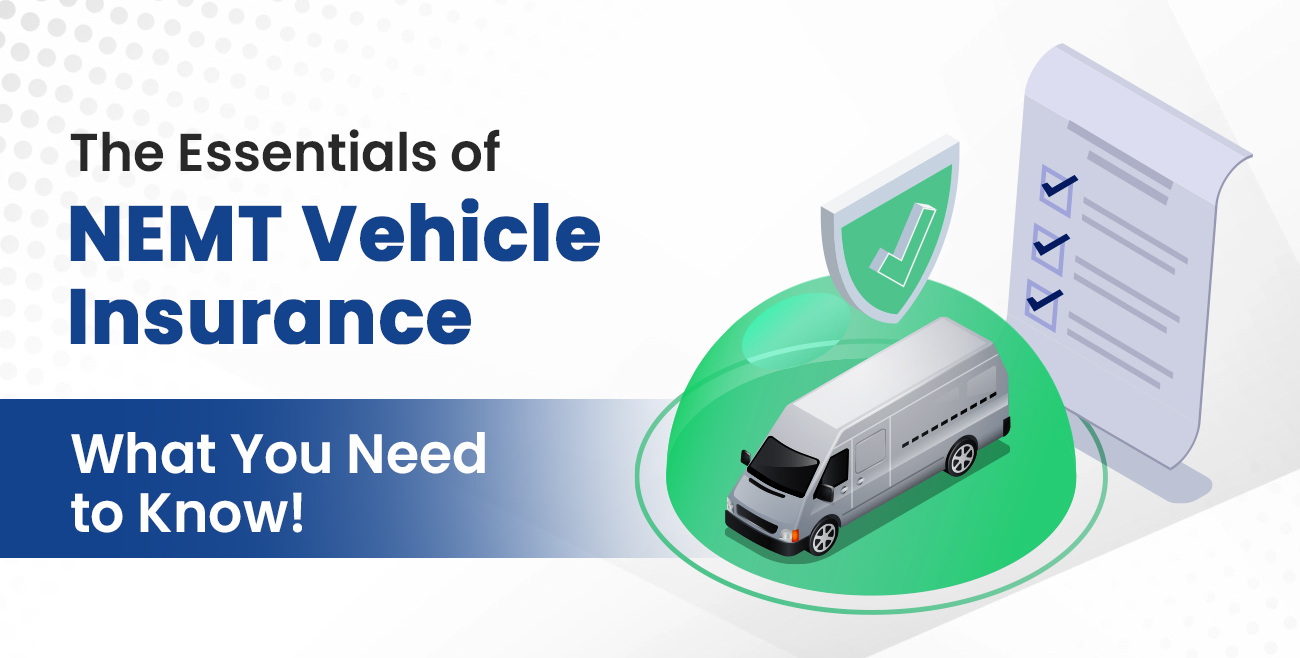
Table of Contents
Non-emergency medical transportation (NEMT) services facilitate safe and reliable patient transportation to medical appointments.
However, millions of people in the United States miss appointments due to transportation issues.
A study by the American Hospital Association found that 3.6 million people in the United States don’t receive medical care yearly due to transportation issues. This number will likely increase in the coming years as the population ages and the prevalence of chronic diseases rises.
In this article, we discuss the significance of enhancing NEMT service delivery and suggest potential solutions to address the existing issues.
Why is vehicle scheduling essential?
NEMT providers are faced with several challenges, one of the most significant being vehicle scheduling.
If you still use logbooks to arrange rides, it’s time to reconsider. The business landscape has shifted so dramatically towards digital solutions, that not updating your systems will not only leave you behind but also give your competitors an edge.
Switching to a digital solution for vehicle scheduling does more than make your operations more efficient. It also prepares your business for the future.
This is especially important given the growing number of older adults who depend on reliable NEMT services, a demographic set to almost double by 2050, according to the National Library of Medicine.
Do More with Less
Handle more trips with fewer dispatchers on your payroll with Tobi.
Request a DemoFeatures of Modern NEMT Solutions that Can Help NEMT Providers
Let’s explore the key benefits of using modern NEMT solutions to improve the quality of transportation services for patients, while creating greater efficiency for your operations.
Real-Time Tracking and Updates
One of the most crucial features that you can use is real-time tracking and updates.
This ensures transparency and timely communication between drivers, dispatchers, and patients. For example, if a vehicle is delayed due to unforeseen circumstances like traffic, using real-time updates, the stakeholders can know immediately what is happening with the trip, reducing stress and allowing for necessary adjustments.
Automated Scheduling
Automation stands out as a game-changer for vehicle scheduling.
Modern NEMT systems can allocate resources much more efficiently than manual scheduling.
Algorithms in digital NEMT solutions consider parameters such as vehicle availability, distance, and specific patient needs.
In practical terms, this might mean that a patient who requires a wheelchair-accessible vehicle will automatically be paired with the closest available option, thereby reducing wait times and improving the efficiency of your business.
Route Optimization
This feature utilizes historical and real-time data to forecast the most effective routes, accounting for traffic and weather conditions.
The route optimization feature of modern NEMT solutions suggests a different route than usual to avoid a newly reported roadblock, potentially saving valuable time for both the patient and your business.
Reporting and Analytics
NEMT solutions can help you manage day-to-day operations and empower you to make data-driven decisions for long-term strategy.
Comprehensive reporting can reveal trends that may otherwise go unnoticed.
By analyzing historical data, you could consider allocating more vehicles or drivers during peak hours or renegotiating appointment times with healthcare providers to improve on-time arrivals and customer satisfaction.
How does vehicle scheduling improve service delivery?
Enhanced Patient Experience: By using real-time tracking and automated scheduling, you can make sure your customers benefit from on-time rides and reliability.
Knowing that their ride will arrive on time reduces anxiety and improves the ride experience.
Streamlined Operations: Leveraging features like automated scheduling and predictive analytics maximizes resource utilization and curtails overhead costs.
The result is a more efficient operation that can pass on the savings to your business and patients.
Improved Efficiency: Comprehensive reporting allows you to identify and rectify inefficiencies, leading to fewer missed appointments.
This ensures better use of healthcare resources and, more importantly, patients get the transport they need when they need it.
Tips for a Successful Transition to a New Vehicle Scheduling System
Traditional systems are rife with inefficiencies such as missed appointments, ballooning costs, and patient dissatisfaction to name a few.
Transitioning to a more efficient vehicle scheduling system is no longer optional; it’s necessary.
But how can you ensure a seamless shift?
Choose the Right Software: Investing in software beyond meeting your immediate requirements is crucial.
While the upfront cost of a more advanced solution might be higher, the long-term benefits often outweigh the initial investment.
Software with extended features and capabilities allows scalability, preparing your operation for future growth and increasingly complex logistical needs.
Staff Training: Implementation isn’t just a tech challenge; it’s a people challenge. Your staff must be trained and comfortable with the new system to maximize its capabilities.
Continuous Monitoring and Feedback: The transition doesn’t end when the system goes live. Ongoing monitoring and feedback loops are vital for fine-tuning the system and driving continuous improvement.
Tobi—The Ultimate Solution
Tobi offers more than just the basics. It also features intelligent capabilities that ensure optimal resource utilization.
Tobi boasts a user-friendly interface, making the transition for your staff as smooth as possible.
Additionally, it meets stringent security protocols to safeguard patient data.
Are you curious how Tobi can help you run your NEMT operations more efficiently? Request a demo and experience how Tobi makes your business better at every turn.



